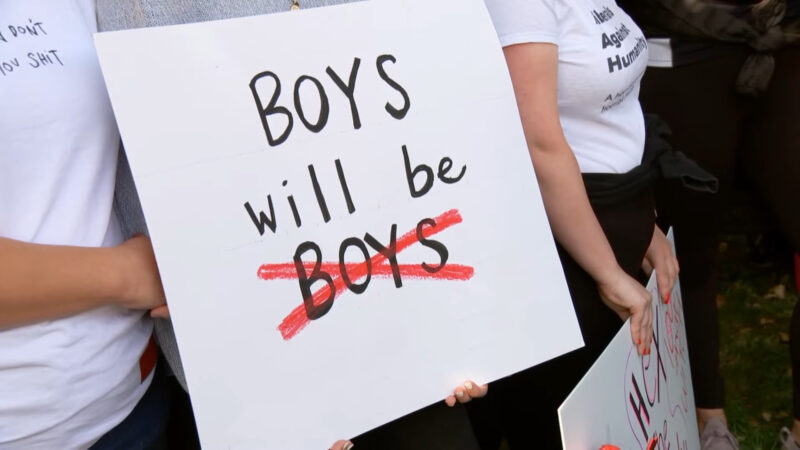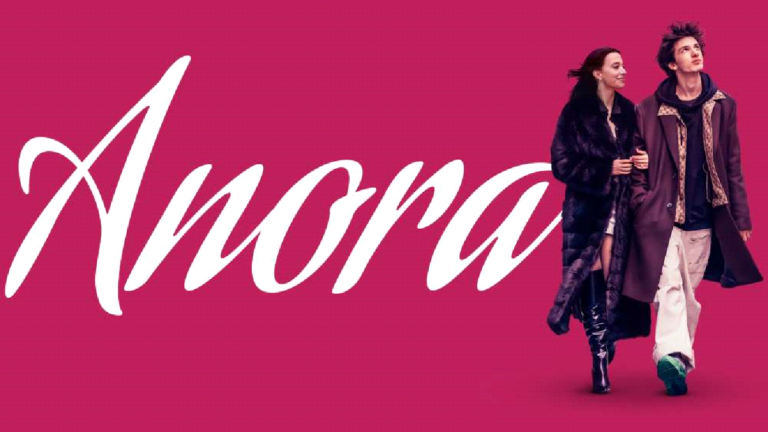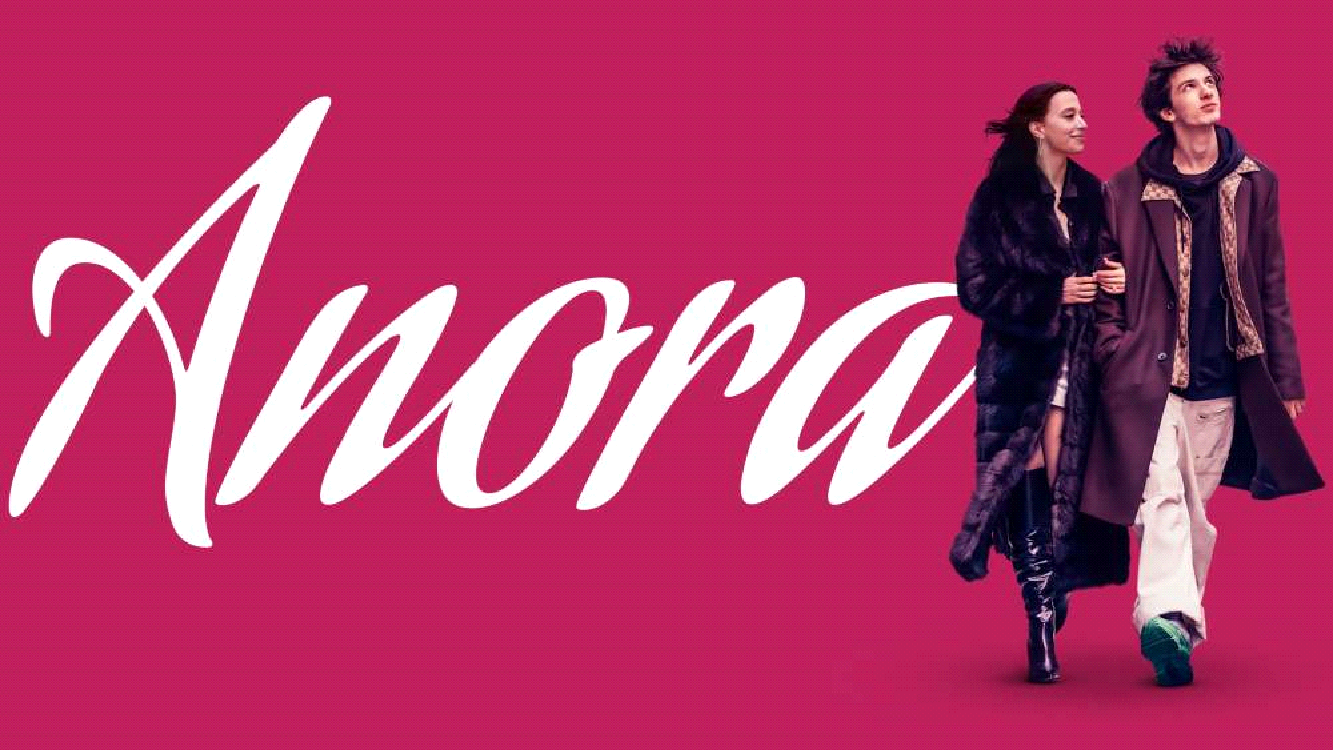In the vast expanse of the internet, few figures have stirred as much controversy as Krista Jane Heflin, better known as the “Femitheist.” With radical views on gender dynamics and a vision for a world with a drastically reduced male population, she has both alarmed and intrigued many.
This article delves deep into her philosophy, the implications of her beliefs, and the broader conversation surrounding them.
Disclaimer: The following article provides an overview of the ideas promoted by the Femitheist movement and does not necessarily reflect the views of the editorial team.
The Origin: Krista Jane Heflin

Krista Jane Heflin, the face behind the Femitheist movement, first gained notoriety with her YouTube video advocating for an “International Castration Day.” While she later claimed that she wasn’t serious about this particular proposal, her broader beliefs about reducing the male population to a mere 1-10% remain unchanged.
This idea, as shocking as it may sound, is just the tip of the iceberg.
- Heflin’s charisma, intelligence, and eloquence make her a compelling figure.
- Her self-proclamation as “Femitheist Divine” hints at a Messiah complex, a trait often seen in cult leaders.
The Manifesto: “The Ratio”
“The Ratio” is Heflin’s manifesto, a document that outlines her vision for a world where the male population is drastically reduced, and diversity is eliminated. This world, according to Heflin, would be a utopia, free from conflict and built on cooperation.
- The manifesto advocates for a society where children are designed and raised by the state.
- Men, in this vision, would live in reservations, valued primarily for breeding and possibly some light labor.
The Philosophy Behind Femitheism

Understanding the core beliefs of the Femitheist movement is crucial to grasping its implications and the reactions it has garnered.
A World Beyond Conventional Equality
In a revealing interview with VICE, Heflin explained her stance against a 50/50 female-to-male ratio. She believes that such a system is inferior and envisions a world where men, due to their scarcity, become a special and highly valued class.
This, she claims, would dramatically improve their quality of life, likening their existence to a perpetual, all-expenses-paid vacation.
- Heflin’s vision challenges conventional notions of equality and gender dynamics.
- The idea is not to harm men but to elevate their status by drastically reducing their numbers.
The Elimination of Diversity
Perhaps one of the most controversial aspects of Heflin’s philosophy is her stance against diversity. She argues that diversity, and by extension tolerance, is only necessary in a world fragmented by nations, cultures, and religions.
In her envisioned utopia, unification and amalgamation are the keys to preventing oppression.
- Heflin’s views on diversity challenge the widely accepted belief that diversity is a strength.
- She advocates for a society built on nihilism, where the sole purpose of living is to perpetuate the species.
Femitheism and Mainstream Feminism

While Heflin refers to her movement as “the new era of feminism,” it’s essential to differentiate between her beliefs and mainstream feminist ideologies.
The Misconception: Femitheism as Feminism
Heflin’s radical views have led some, especially Men’s Rights Advocates, to use her as a tool to discredit mainstream feminism. However, it’s crucial to understand that her beliefs, while rooted in gender dynamics, diverge significantly from conventional feminist ideologies.
- Mainstream feminists have been some of Heflin’s harshest critics.
- The term “feminism” and its association with Femitheism has been a point of contention.
Heflin’s Clarification
In a follow-up to her video, Heflin clarified that when she referred to “the new era of feminism,” she was speaking about Femitheism, not mainstream feminism. She has since distanced herself from the term “feminism,” stating that it is unrelated to her, her followers, and her work.
- Heflin’s clarification highlights the importance of understanding the nuances between different movements.
- While both movements focus on gender dynamics, their goals, methods, and ideologies differ significantly.
The Implications of a Femitheist Society

What would a world envisioned by the Femitheist look like? And what are the broader implications of such a society?
The Social Landscape
In Heflin’s utopia, with a male population reduced to a mere 1-10%, societal roles and dynamics would undergo a seismic shift. Men, due to their rarity, would be highly valued, leading to a potential reversal of traditional gender roles.
- Men would be treated as a “special class,” with their needs and desires catered to by the majority female population.
- Traditional family structures would be dismantled, and replaced by state-run communal child-rearing centers.
Economic and Political Changes
With a predominantly female population, the economic and political landscape would also see significant changes. Women would dominate all sectors, from leadership roles to manual labor, leading to a potential shift in priorities and policies.
- Economic policies might focus more on social welfare, education, and healthcare.
- Political discourse could shift towards more collaborative and consensus-driven approaches.
Criticisms and Counterarguments
While the Femitheist movement has its supporters, it has also faced a barrage of criticisms from various quarters.
Ethical Concerns
The idea of genetically engineering a population to fit a particular vision raises numerous ethical concerns. Critics argue that such manipulation infringes on individual rights and freedoms.
- The potential use of selective abortions to achieve the desired gender ratio is a contentious issue.
- Genetic engineering on such a scale could lead to unforeseen consequences, both biologically and socially.
The Value of Diversity
Many critics challenge Heflin’s dismissal of diversity as a strength. They argue that diverse societies are more resilient, innovative, and adaptable.
- Diversity brings a range of perspectives, leading to richer cultural, social, and intellectual landscapes.
- Homogenized societies might stagnate, lacking the dynamism that diverse populations bring.
The Broader Conversation
The Femitheist movement, while radical, is part of a broader conversation about gender, society, and the future of humanity.
The Role of Technology
Heflin’s vision relies heavily on advanced genetic engineering and state-run breeding centers. This brings to the fore the role of technology in shaping future societies and the ethical considerations that come with it.
- As genetic engineering becomes more advanced, society will need to grapple with its potential uses and abuses.
- The Femitheist movement serves as a cautionary tale of how technology can be used to further particular ideologies.
Reimagining Gender Dynamics
While most may not agree with Heflin’s vision, her movement forces society to reconsider traditional gender dynamics and the nature of equality.
- It challenges us to think about what true equality looks like and whether a 50/50 gender ratio is the ideal.
- The movement also highlights the dangers of taking any ideology to its extreme.
Final Words
The Femitheist movement, spearheaded by Krista Jane Heflin, is undeniably a topic of intrigue and debate. While many may find her views extreme, they undeniably spark a broader conversation about gender dynamics, societal structures, and the ethical implications of genetic engineering.
As we move forward in an age of rapid technological advancement, it’s crucial to critically evaluate and discuss such ideologies, ensuring that the future we build is one of inclusivity, diversity, and genuine equality.
Related Posts:
- Jet-Powered Wingsuit: The Almost Jetpack Experience
- 9 Best Sci-Fi Movies of 2015: A Journey Through…
- Best Sci-Fi Movie Marvels of 2016: A Journey Through…
- Quick Tips to Naturally Increase Fertility and Boost…
- How to Spend a Winter in Norway with Joy and Wonder:…
- London Nightlife For Singles: Best Places To Party…













